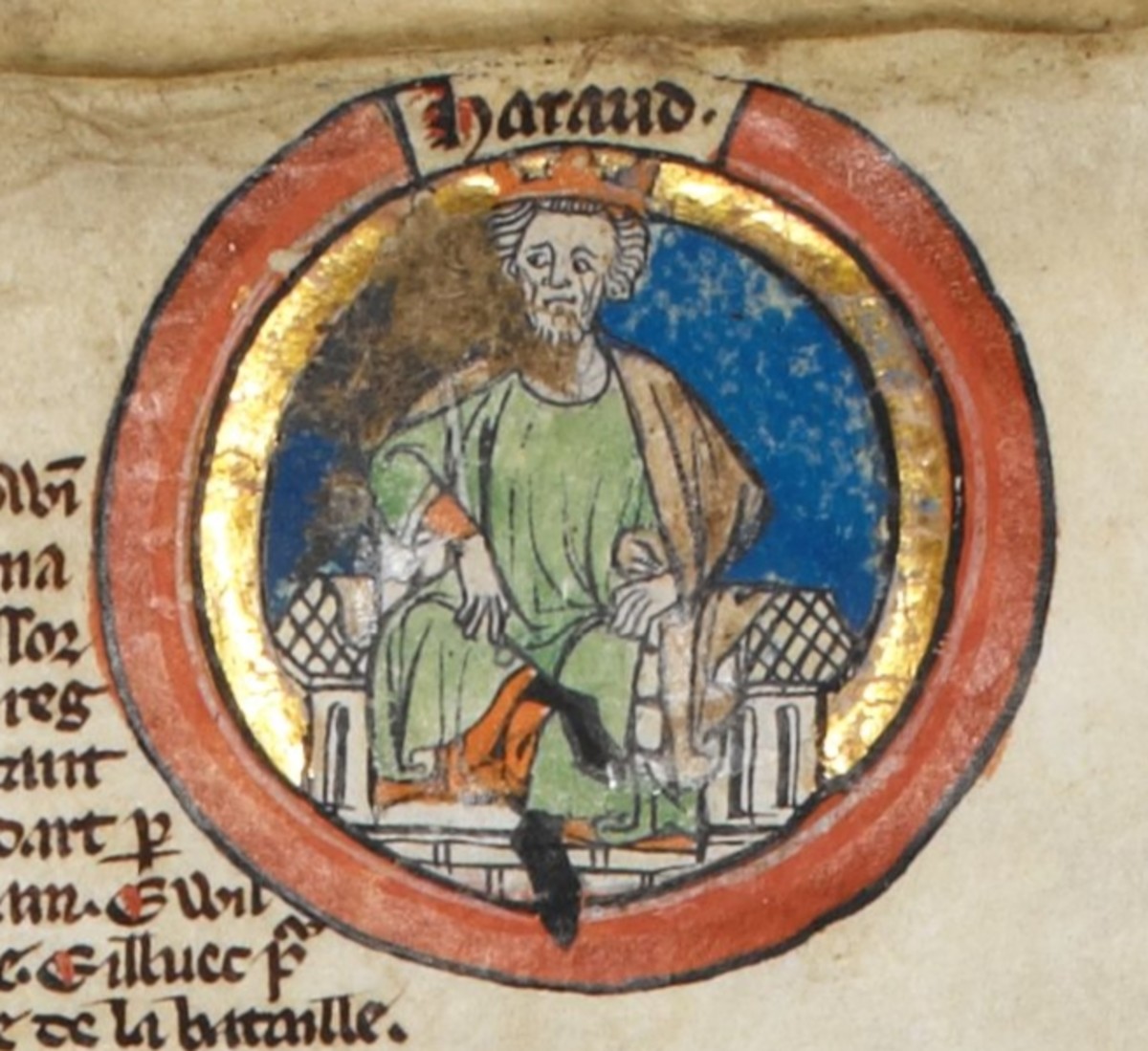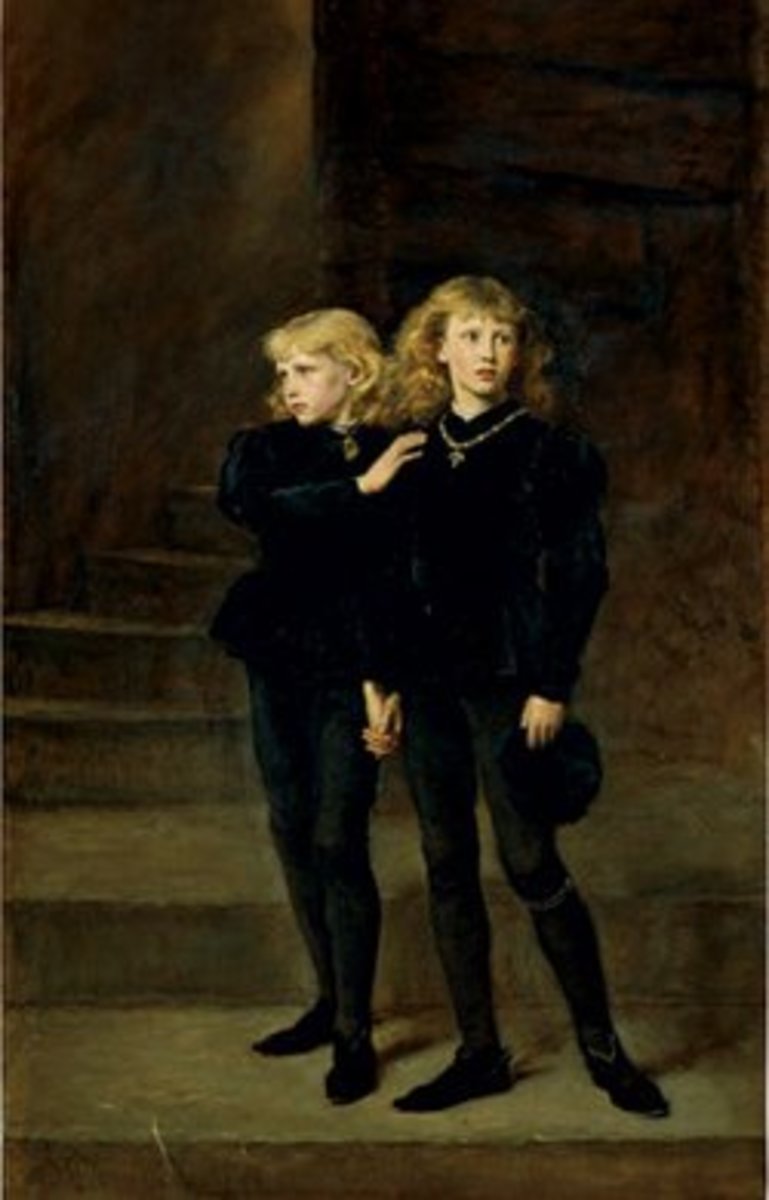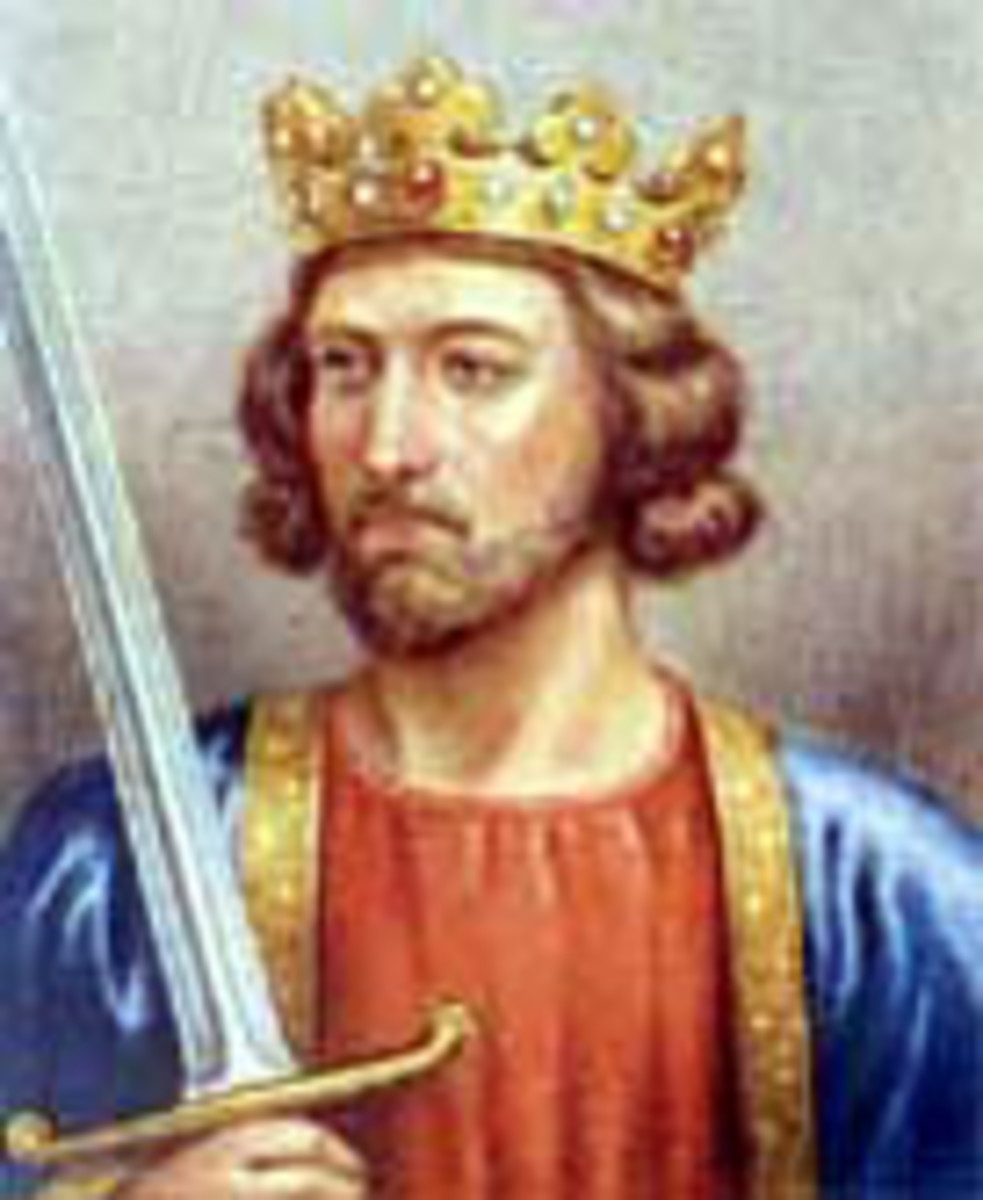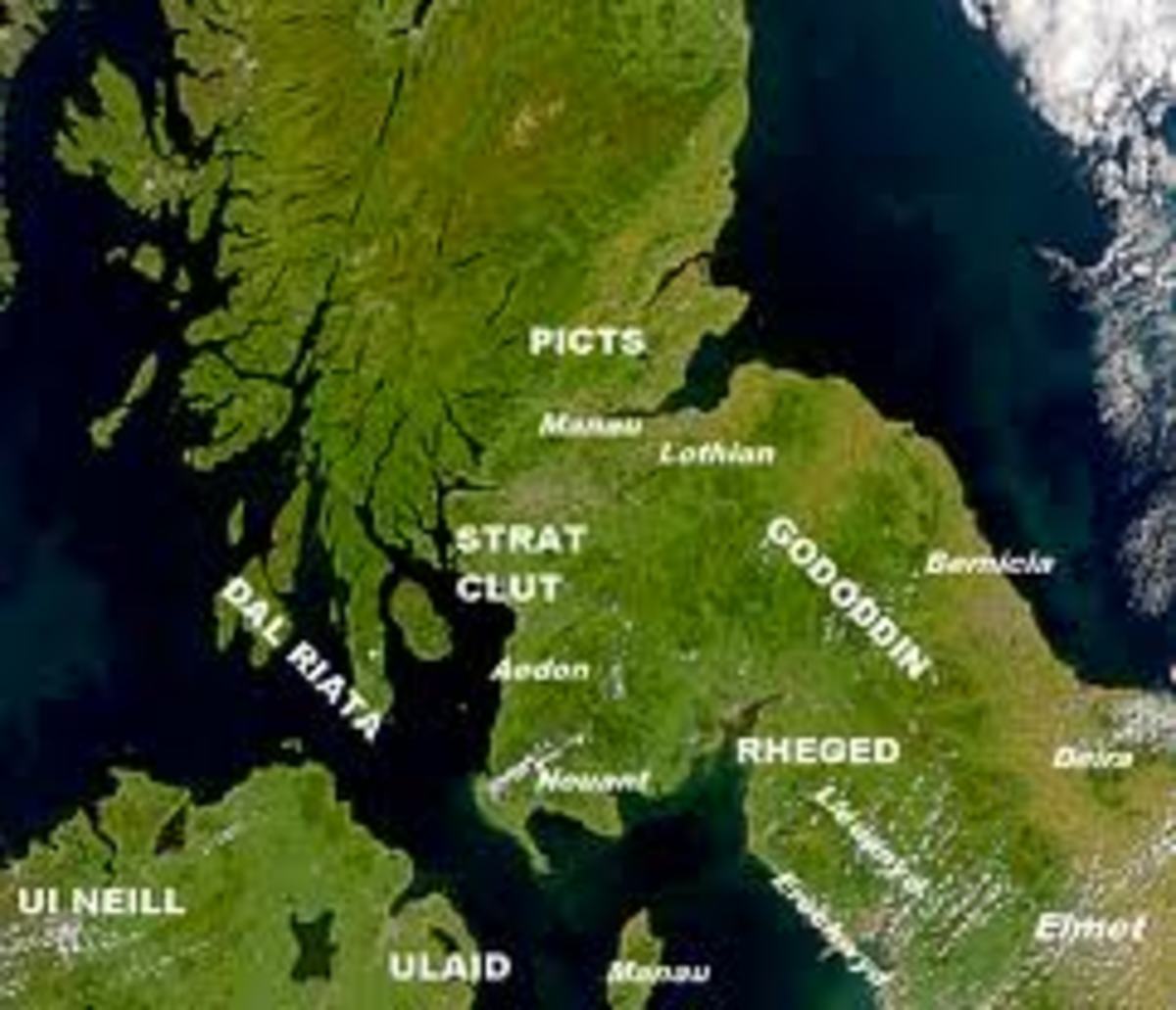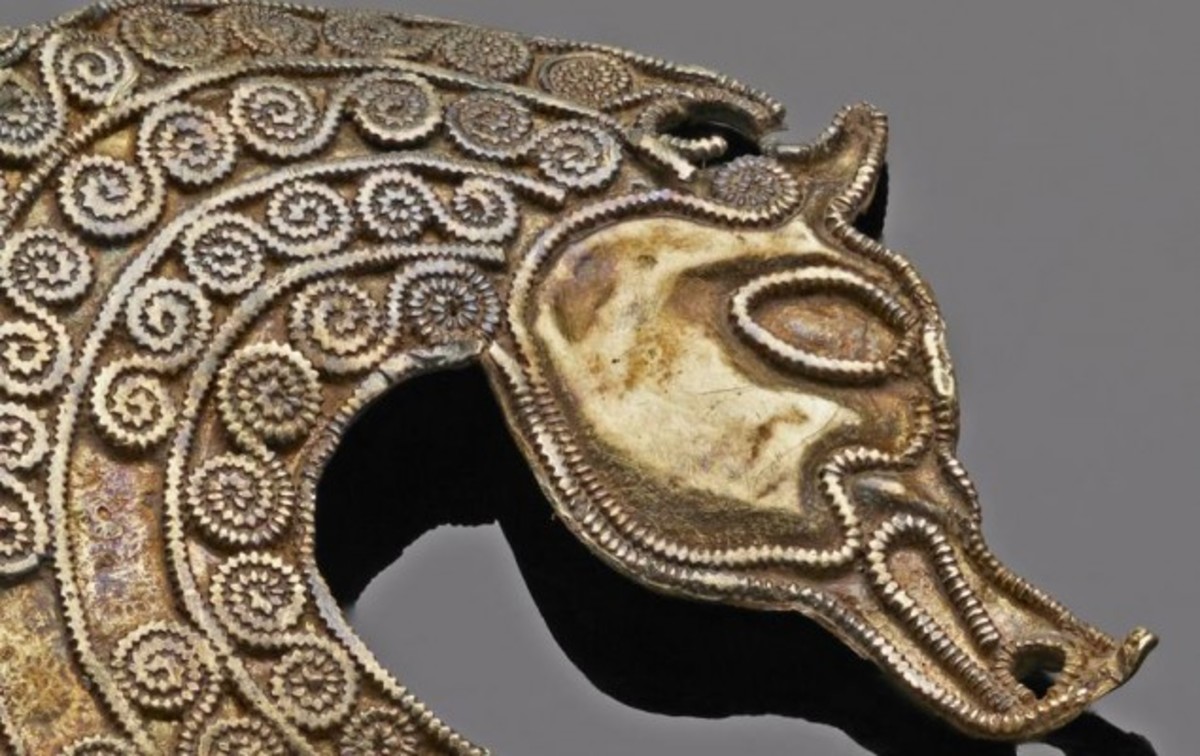- HubPages»
- Education and Science»
- History & Archaeology»
- History of Europe
1066: A Year to Conquer England? (Part 1)
Edward the Confessor is Dying
In late 1065 and early 1066 Edward the Confessor became ill and died. King Edward left no heirs so a succession crisis began to grip Anglo-Saxon England with 4 main contenders emerging to claim the throne themselves.
Land
There were 4 main earldoms on England at this time: East Anglia, Mercia, Northumbria and Wessex. Wessex was the biggest of these earldoms and therefore the one that generated the most money and had the wealthiest earl. Money was power in Anglo-Saxon England and Harold Godwinson, Earl of Wessex, was in a prime position for the English throne: on the doorstep of London and the richest man in England. After Edward's death the Wittan council voted for Harold to become the king.
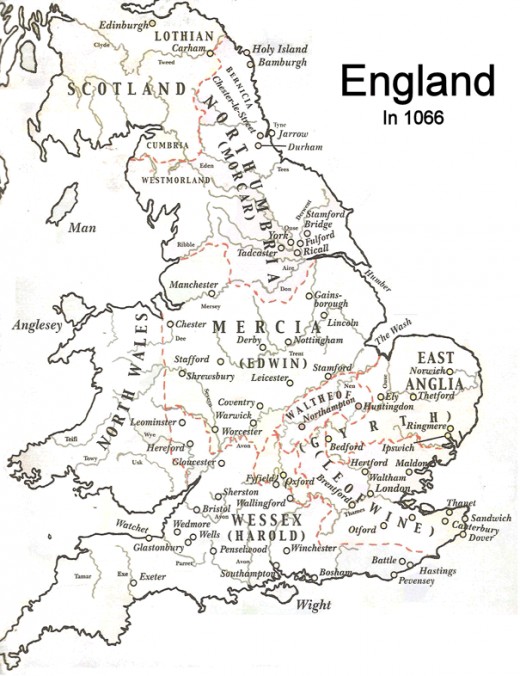
The Claimants
Edgar Æthling
The closest living relative to Edward, and therefore the most legitimate heir, was only 15 at the time of Edward's death. As a result his claim was weak and we see the other 3 claimants become more dominant and, often, Edgar is forgotten to history.
Harald Hardrada
The Vikings lost the throne when the King before Edward, Hardecanute, died and still felt like they had a right to the land. When Edward took the throne the vikings, and Hardrada's father were too busy defending their lands to contest the throne. However, when Edward died Hardrada was quick to lay his claim to the throne, despite being in Norway. Harold Godwinson's own brother, Tostig, who was exiled after rebellions against him, fought alongside Hardrada when he attempted to invade.
Harold Godwinson
The most powerful man in all of England and the Earl of Wessex was supposedly promised the throne on Edward's deathbed. As he was the only one in England who could really do this Harold took the throne unopposed, for now at least, on the 5th of January 1066.
Duke William Of Normandy
Duke William, a distant cousin to Edward, claimed that Edward promised him his throne during his chldhood when he was living in Normandy. He also claimed that Harold Godwinson himself swore an oath on the Bible to give him the throne after arriving in Normandy a few years earlier, something Harold denied and was likely to have been forced under threat.
Harold's Coronation
Harold was chosen to be the next king by the Wittan council of England who convened upon the death of a king and elected the next king. Usually they would choose the heir but in this case there was no heir. Naturally, they chose the wealthiest Englishman as an Englishman should have the English throne. However this caused outrage among others who saw the throne as theirs. Harald Hardrada and William of Normandy started preparations for war with Harold. Knowing this, Harold mobilized his army in the spring of 1066, expecting a Summer invasion from William, and stationed them along the South Coast in his home Earldom of Wessex.
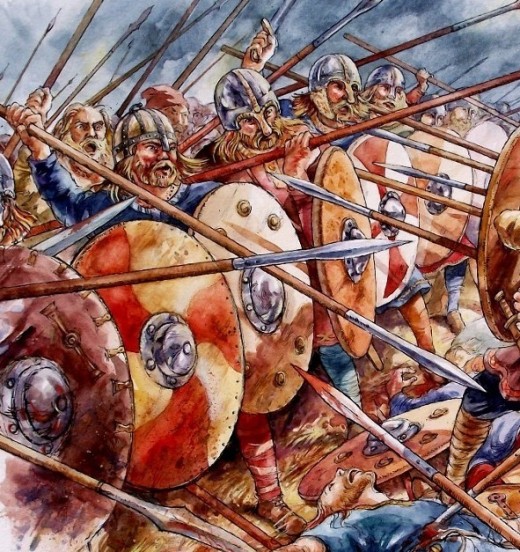
Armies
Harold Godwinson
The English army was by no means small, however many of the "soldiers" in the army were Fyrd (basically peasants called up to fight. Most fought without armour or decent weapons because they had to provide them themselves and many couldn't afford to.)The other part was the fearsome Housecarls who wielded Dane axes, a sign of their Viking ancestry and the warrior culture. They usually wore chainmail armour and were the King's go to men for battles. Harold also joined the ranks and fought alongside his men in many battles. There were around 10,000 soldiers in total.
Harald Hardrada
Hardrada's army was similar to Godwinson's in many ways, the main difference being that they were more experienced from the war waging and pillaging ways of the Vikings. They had around 9,000 soldiers in total, including the contribution of Godwinson's own brother Tostig. The Viking army liked to party after a victory.
William of Normandy
The Norman army was situated right at the heart of Medieval Europe and as a consequence was right up to date with the latest military techniques. Having recently fought some wars on behalf of the Pope, William was very rich and his men very experienced. His army incorporated normal infantry, archers and the latest advancement, cavalry. Although he had experience in the Norman and European ways of doing battle, the English shield wall tactic was Scandinavian in origin so the Normans hadn't encountered it before.
Book Version


